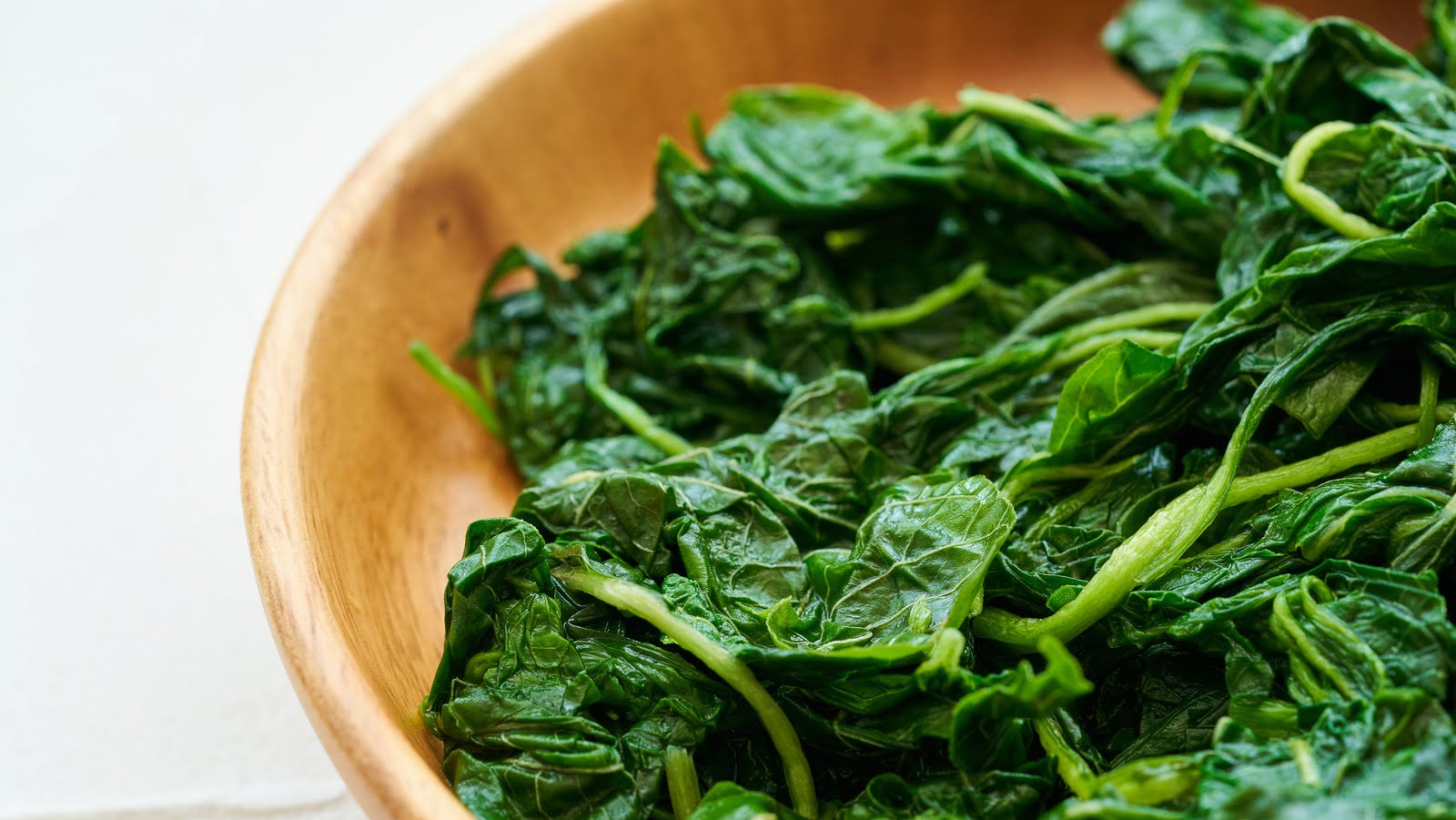

Articles
How To Store Cooked Spinach
Modified: February 24, 2024
Learn the best ways to store cooked spinach and keep it fresh for longer. Read our informative articles and keep your spinach tasting great.
(Many of the links in this article redirect to a specific reviewed product. Your purchase of these products through affiliate links helps to generate commission for Storables.com, at no extra cost. Learn more)
Introduction
Welcome to our guide on how to store cooked spinach! Whether you’ve recently cooked a large batch of nutritious spinach or simply have leftovers from a delicious meal, knowing how to properly store cooked spinach is essential to maintain its flavor, texture, and nutritional value.
Spinach is a versatile leafy green vegetable that is packed with essential vitamins and minerals. It’s not surprising that many people choose to incorporate spinach into their meals to boost their overall health. However, spinach tends to wilt quickly, and if not stored correctly, it can lose its vibrant color and become mushy.
In this article, we will explore why storing cooked spinach is important, provide tips for selecting and preparing cooked spinach for storage, discuss the appropriate storage containers, outline the best methods for both refrigerator and freezer storage, and offer advice on reheating methods for stored cooked spinach. By following these guidelines, you can extend the shelf life of your cooked spinach, reduce food waste, and enjoy its goodness for longer periods.
So, let’s dive in and discover the best practices for storing cooked spinach!
Key Takeaways:
- Properly storing cooked spinach extends its shelf life, reduces food waste, and allows for convenient meal preparation, saving time and money.
- Freezing cooked spinach preserves its quality for up to three months, offering a longer-term storage solution while maintaining its nutritional benefits.
Read more: How To Store Spinach
Why Store Cooked Spinach?
As mentioned earlier, spinach is a delicate leafy green vegetable that tends to wilt and spoil quickly. Therefore, proper storage is crucial to preserve the quality and nutritional value of cooked spinach.
Here are a few reasons why you might want to consider storing your cooked spinach:
- Convenience: Storing cooked spinach allows you to prepare meals in advance, saving you time and effort on busy days. Having pre-cooked spinach on hand can be a great addition to salads, omelets, sandwiches, or as a side dish.
- Minimize Food Waste: By storing your cooked spinach properly, you can significantly reduce food waste. Instead of discarding leftovers, you can extend their shelf life and use them for future meals.
- Cost-Effective: Buying spinach in bulk or when it’s in season and cooking it in large batches can be cost-effective. Storing the cooked spinach allows you to take advantage of any discounts or deals and enjoy the benefits of spinach for a long time.
- Nutritional Value: Spinach is a nutrient-dense vegetable that is rich in vitamins A, C, K, iron, and other essential minerals. Storing your cooked spinach properly ensures that you preserve its nutritional content, allowing you to reap its health benefits even after it’s been cooked.
By understanding the importance of storing cooked spinach and the benefits it offers, you can make the most of this versatile green vegetable and maintain its freshness for an extended period of time. Let’s move on to the next section to discover the best tips for selecting and preparing cooked spinach for storage.
Tips for Selecting and Preparing Cooked Spinach for Storage
Before storing cooked spinach, it’s essential to select and prepare it properly to ensure optimum freshness and quality. Follow these tips to get the best results:
- Choose fresh spinach: When selecting spinach, choose fresh and vibrant leaves that are firm and have no signs of wilting or yellowing. Avoid spinach with slimy or mushy texture, as they may not store well.
- Clean and blanch the spinach: Start by washing the spinach thoroughly under cold running water to remove any dirt or debris. Next, blanch the spinach by placing it in boiling water for a brief period, usually 2-3 minutes. Blanching helps preserve the spinach’s color, texture, and nutritional value.
- Cool and drain properly: After blanching, transfer the spinach to an ice bath to cool it down quickly and stop the cooking process. Once cooled, drain the excess water thoroughly to prevent the spinach from becoming soggy when stored.
- Remove excess moisture: One of the key factors in storing cooked spinach successfully is removing as much moisture as possible. Excess moisture can lead to faster spoilage. Use a clean kitchen towel or paper towels to gently pat the blanched spinach dry.
- Divide into portions: Instead of storing all the cooked spinach together, consider dividing it into smaller portions to make it more convenient when using it later. This allows you to thaw or reheat only the amount you need.
- Label and date: Once you have divided the cooked spinach into portions, it’s important to label each container or bag with the date of preparation. This way, you can easily keep track of the storage time and ensure that you use the oldest spinach first.
By following these tips, you can ensure that your cooked spinach is prepared and ready for proper storage. The next section will discuss the appropriate storage containers for cooked spinach, so you can keep it fresh and flavorful.
Proper Storage Containers for Cooked Spinach
Choosing the right storage containers for your cooked spinach is essential to maintain its freshness and prevent any cross-contamination. Here are a few options for proper storage containers:
- Airtight plastic containers: Airtight plastic containers are a popular choice for storing cooked spinach. They are durable, easily stackable, and prevent air and moisture from entering the container, helping to preserve the spinach’s quality.
- Glass containers: Glass containers are another excellent option for storing cooked spinach. They are non-porous, which means they won’t absorb odors or flavors from the spinach. Glass containers also allow you to see the contents inside, making it easy to identify the stored spinach.
- Zip-top freezer bags: If you prefer a more space-saving option, zip-top freezer bags can be a convenient choice for storing cooked spinach. They are flexible, allow for easy portioning, and can be used for both refrigerator and freezer storage.
- Vacuum-sealed bags: Vacuum-sealed bags are perfect for long-term storage in the freezer. These bags remove excess air from the packaging, preventing freezer burn and maintaining the quality of the cooked spinach for an extended period.
When selecting the storage containers, ensure that they are clean and dry before transferring the cooked spinach. It’s also a good idea to choose containers or bags that are appropriately sized for the portion of cooked spinach you wish to store. This will help minimize the amount of air inside the container, reducing the risk of spoilage.
Now that you have selected the perfect storage containers, let’s move on to the next section, where we will discuss the best storage methods for both the refrigerator and the freezer to keep your cooked spinach fresh and safe.
Store cooked spinach in an airtight container in the refrigerator for up to 3-4 days. To freeze, place in a freezer-safe container or bag and use within 3 months for best quality.
Refrigerator Storage for Cooked Spinach
Refrigerator storage is ideal if you plan to use your cooked spinach within a few days. Follow these guidelines to store your cooked spinach in the refrigerator:
- Cool the spinach: Before transferring the cooked spinach to the storage container, allow it to cool completely at room temperature. This will prevent condensation from forming inside the container and potentially causing moisture buildup.
- Divide into portions: If you’ve prepared a large batch of cooked spinach, consider dividing it into smaller portions. This way, you can thaw or reheat only the amount you need, minimizing waste.
- Place in airtight containers: Transfer the cooled and portioned cooked spinach into airtight containers or zip-top freezer bags. Ensure that each container is tightly sealed to prevent any air or moisture from entering.
- Label and date: It’s important to label each container with the date of preparation. This will help you keep track of its freshness and use the oldest spinach first.
- Store in the refrigerator: Place the sealed containers or bags in the refrigerator, ideally on a shelf rather than in the door. The temperature should be set at or below 40°F (4°C) to maintain food safety and prolong the shelf life of the cooked spinach.
Cooked spinach stored in the refrigerator can generally stay fresh for up to 3-4 days. After that, the texture and flavor may deteriorate. Make sure to check for any signs of spoilage, such as an off odor or mold growth, before consuming.
Next, we will explore freezer storage options for cooked spinach, allowing you to extend its shelf life for a longer period.
Read more: How To Store Spinach In Freezer
Freezer Storage for Cooked Spinach
If you want to prolong the shelf life of your cooked spinach for an extended period, freezing is the way to go. Follow these steps for freezer storage:
- Cool and portion the spinach: Allow the cooked spinach to cool completely to room temperature. Divide it into smaller portions based on your future usage. This will make it easier to thaw and use only the amount you need.
- Wrap or package securely: Wrap each portion of cooked spinach tightly in plastic wrap or place them in airtight freezer bags. Ensure that all air is removed from the packaging to prevent freezer burn.
- Label and date: Don’t forget to label each package with the date of preparation. This will help you keep track of its shelf life and use the oldest spinach first.
- Freeze at optimal temperature: Place the wrapped or packaged cooked spinach in the freezer, ensuring the temperature is set at or below 0°F (-18°C). Maintaining the proper freezing temperature is crucial to preserving the quality and flavor of the spinach.
- Organize and store: Once the spinach is frozen solid, you can organize the packages in a way that is convenient for your freezer. Stack them neatly or place them flat to save space and make it easier to locate a specific portion when needed.
Cooked spinach stored in the freezer can maintain its quality for up to three months. However, for the best flavor and texture, it’s recommended to use it within one to two months. When you’re ready to use the frozen cooked spinach, thaw it overnight in the refrigerator or thaw it in the microwave on a defrost setting.
Remember, freezing can cause some changes in the texture of spinach, resulting in a slightly softer consistency. While it may not be ideal for raw preparations, it is still suitable for cooked dishes such as soups, stews, and casseroles.
Now that you know how to store cooked spinach in the freezer, let’s move on to the next section, where we will explore the best methods for reheating stored cooked spinach.
Reheating Methods for Stored Cooked Spinach
When it comes to reheating stored cooked spinach, there are a few methods you can use depending on your preference and the dish you’re preparing. Here are some common reheating methods:
- Microwave: The microwave is a quick and convenient option for reheating small portions of cooked spinach. Place the desired amount in a microwave-safe dish and cover it to retain moisture. Heat on medium power for short intervals, stirring occasionally, until the spinach is heated through.
- Stove-top: Reheating cooked spinach on the stove-top allows for more control over the heat. Place the spinach in a saucepan or skillet over medium heat. Add a splash of water or broth to prevent sticking and help rehydrate the spinach. Stir occasionally until heated through.
- Oven: For larger portions or when reheating dishes like casseroles or stuffed spinach, the oven is a great option. Preheat the oven to a moderate temperature, around 350°F (175°C). Place the spinach in an oven-safe dish or wrap it in foil to retain moisture. Reheat until warmed throughout, occasionally checking for desired temperature.
- Steamer: Using a steamer is an excellent method to gently reheat cooked spinach without drying it out. Arrange the spinach in a steamer basket over boiling water, making sure it doesn’t come into direct contact with the water. Cover and steam for a few minutes until heated through.
Regardless of the reheating method you choose, it’s important to reheat cooked spinach only until it’s warmed through. Overcooking can result in a mushy texture and loss of nutrients. Remember to stir or toss the spinach occasionally to ensure even heating.
Once reheated, you can enjoy your cooked spinach as a side dish, add it to salads, soups, stir-fries, or incorporate it into your favorite recipes. Just be sure to check for any signs of spoilage before consuming, and discard any leftovers that have been reheated multiple times.
Now that you’re equipped with the knowledge of reheating methods, it’s time to wrap up our guide on how to store cooked spinach.
Conclusion
Knowing how to properly store cooked spinach is key to extending its shelf life, reducing food waste, and enjoying its nutritional benefits for longer periods. By following the tips outlined in this guide, you can ensure that your cooked spinach stays fresh, flavorful, and safe to consume.
Remember to select fresh spinach, clean and blanch it before cooking, and cool and drain it properly before storage. Choose proper storage containers such as airtight plastic or glass containers, zip-top freezer bags, or vacuum-sealed bags. Label and date each container for easy tracking.
When storing cooked spinach in the refrigerator, make sure to use it within 3-4 days. For longer-term storage, freezing is the best option. Frozen cooked spinach can maintain its quality for up to three months, but for the best flavor and texture, it’s recommended to use it within one to two months.
Reheating stored cooked spinach is simple and can be done using a microwave, stove-top, oven, or steamer. Avoid overcooking to preserve the texture and nutrient content of the spinach.
By implementing these storage and reheating methods, you can make the most of your cooked spinach, enjoying its health benefits and adding a nutritious ingredient to your meals. So, the next time you find yourself with leftover cooked spinach, don’t let it go to waste. Store it properly and savor the deliciousness in your future dishes.
Remember, good storage practices not only help to reduce food waste but also save you time and money by allowing you to prepare meals in advance. So, be mindful of how you store your cooked spinach and enjoy its goodness for as long as possible.
Thank you for reading our guide on how to store cooked spinach. We hope you found it helpful and informative. Happy cooking!
Frequently Asked Questions about How To Store Cooked Spinach
Was this page helpful?
At Storables.com, we guarantee accurate and reliable information. Our content, validated by Expert Board Contributors, is crafted following stringent Editorial Policies. We're committed to providing you with well-researched, expert-backed insights for all your informational needs.

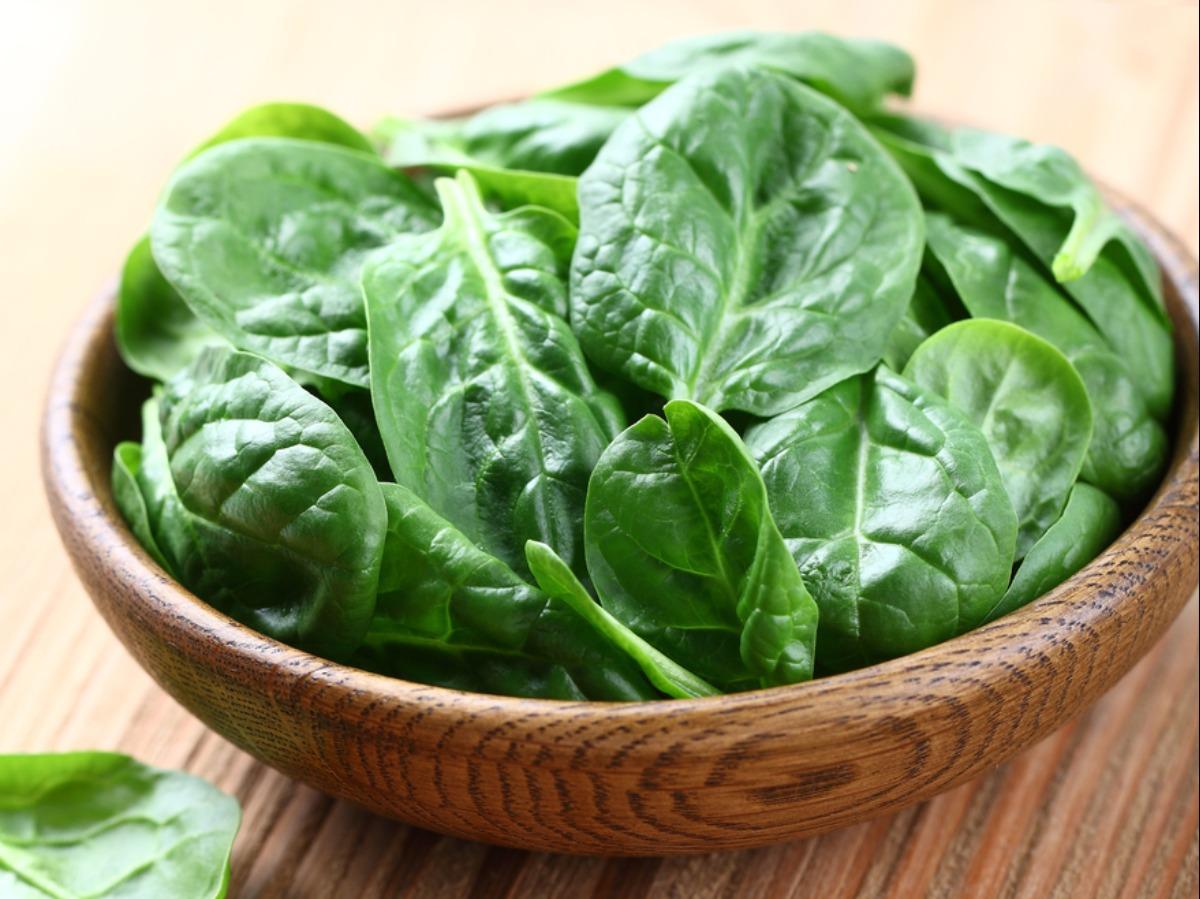
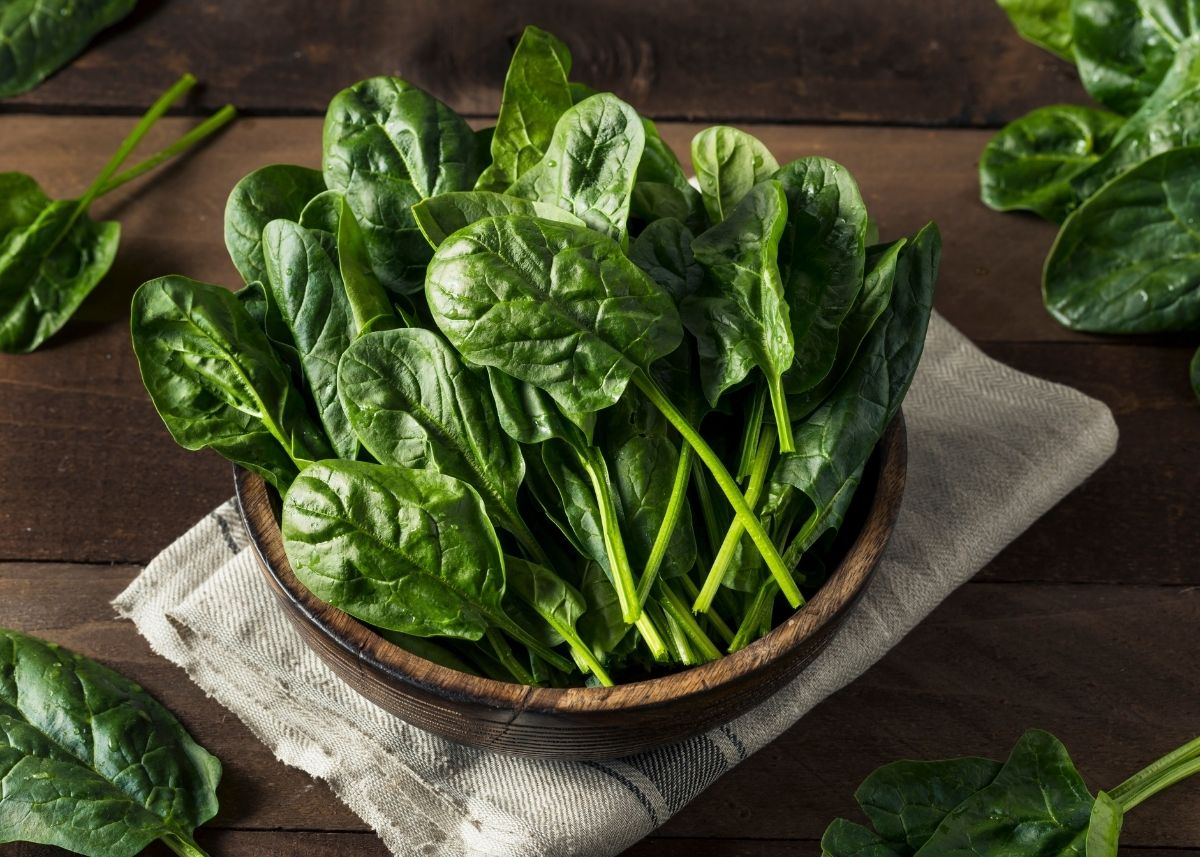
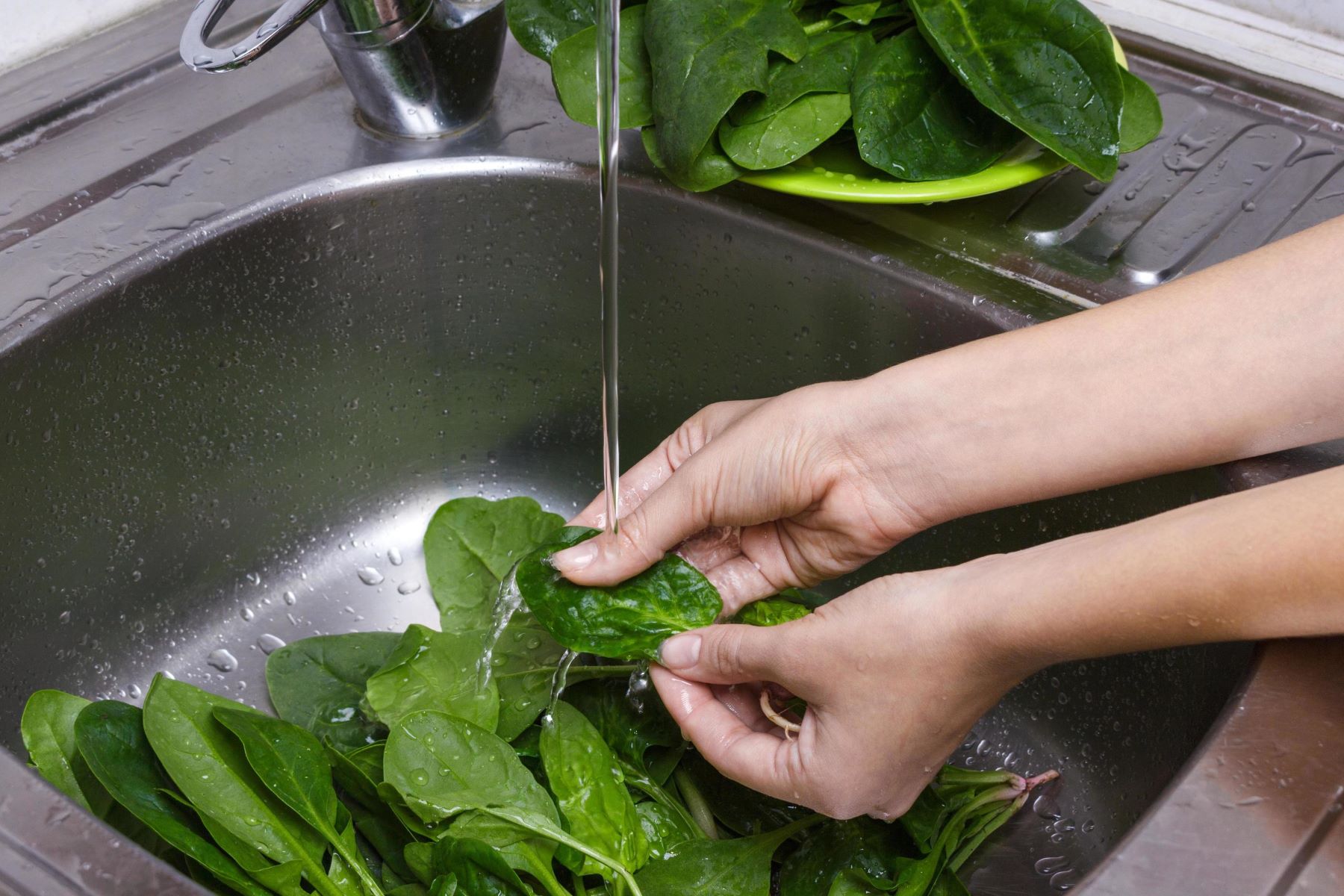
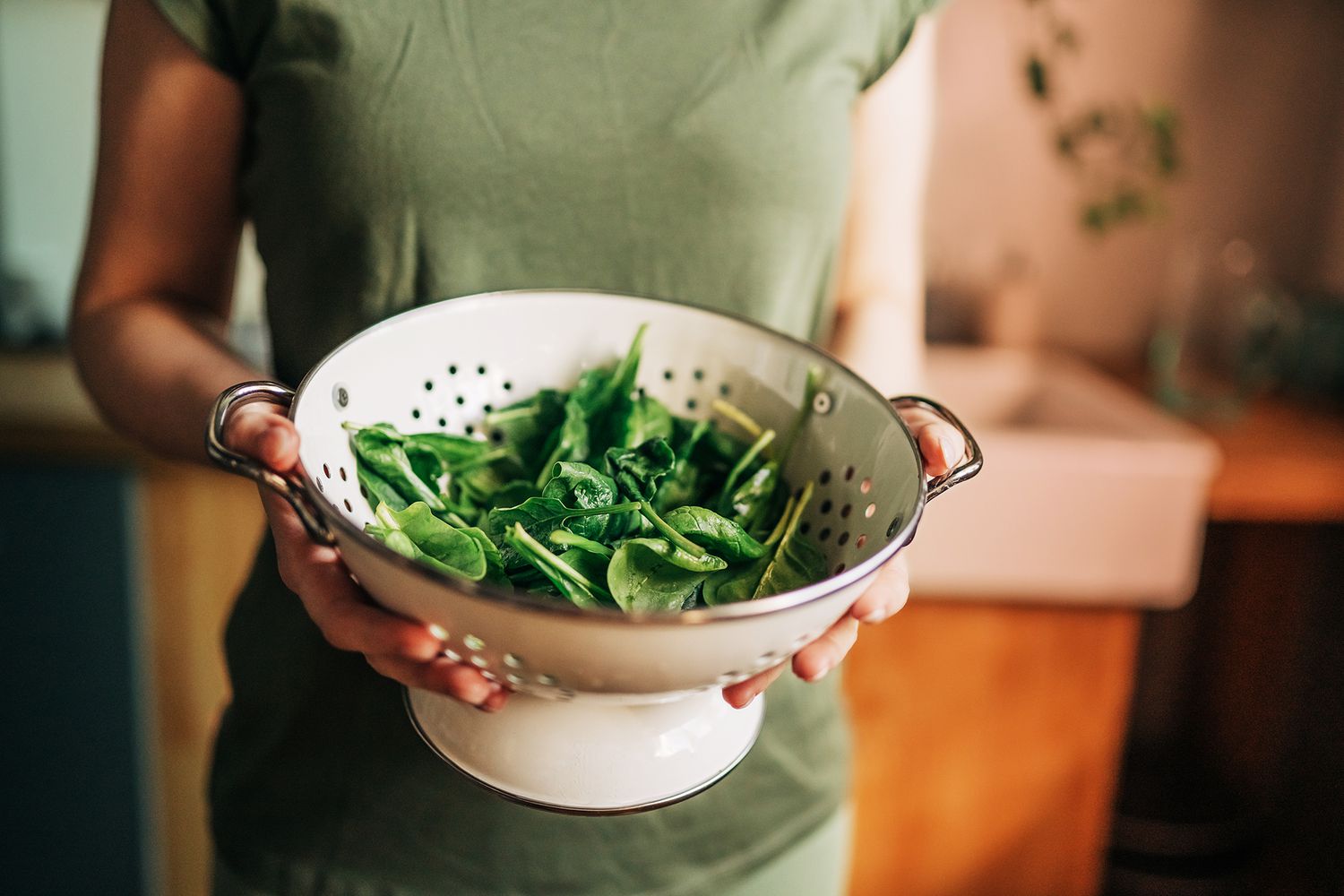
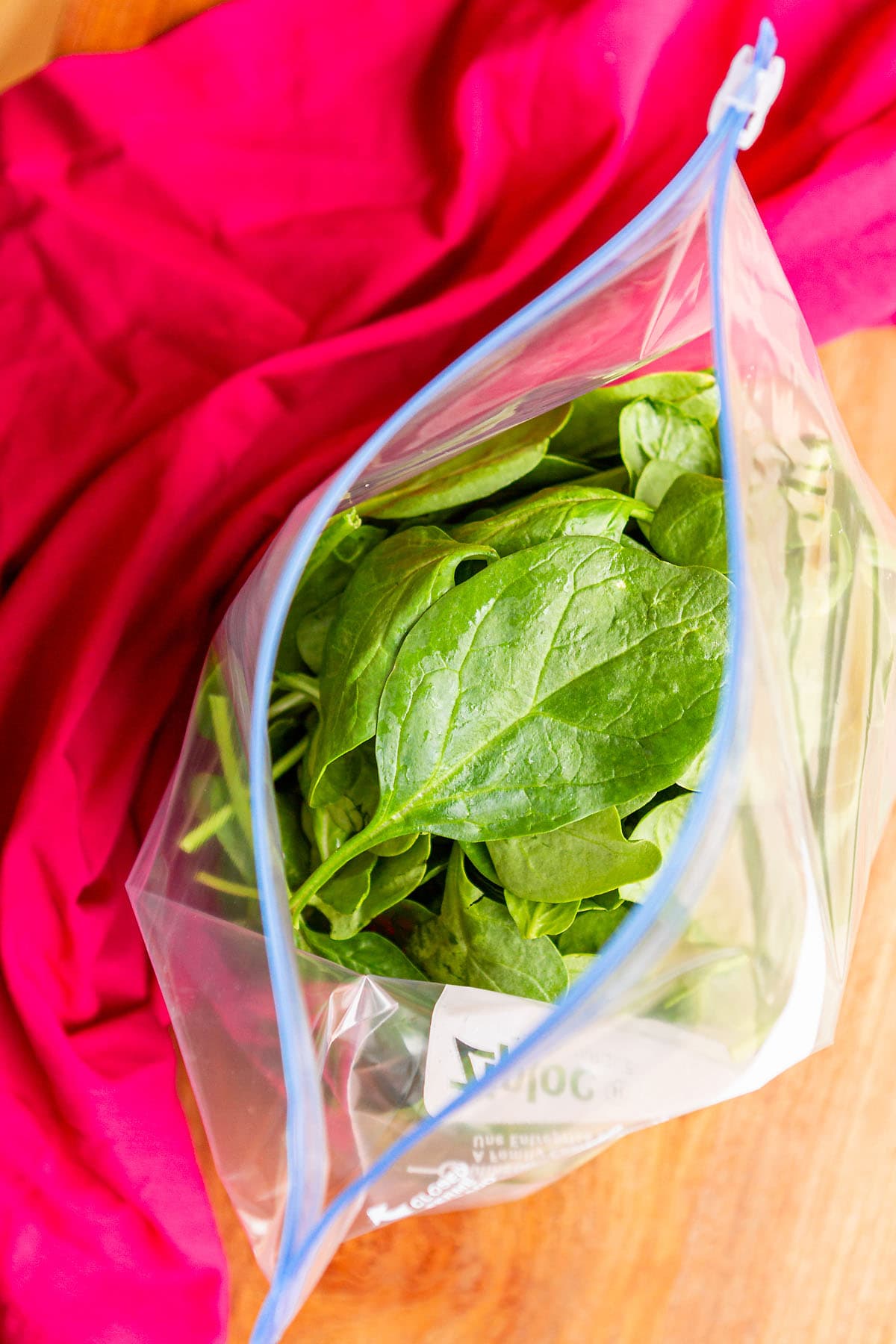
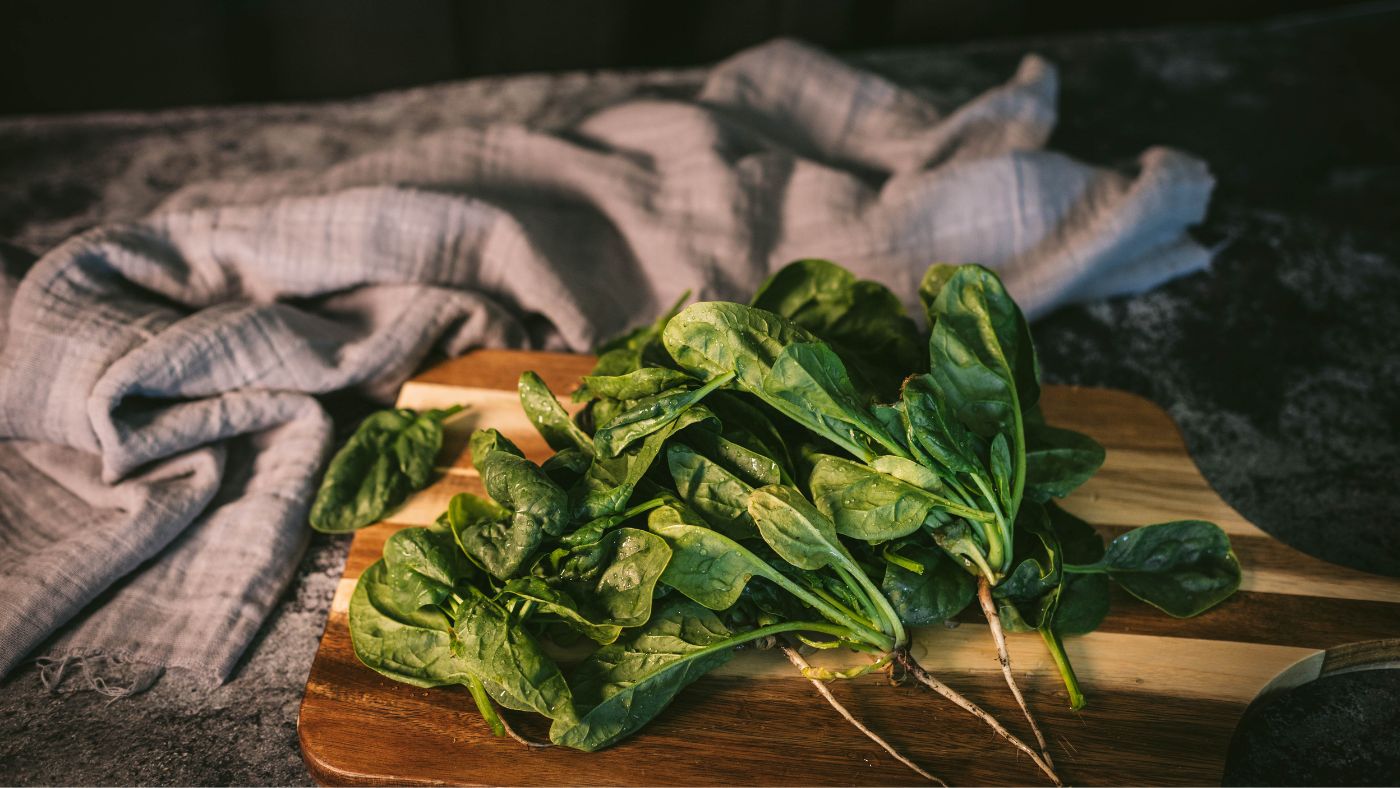
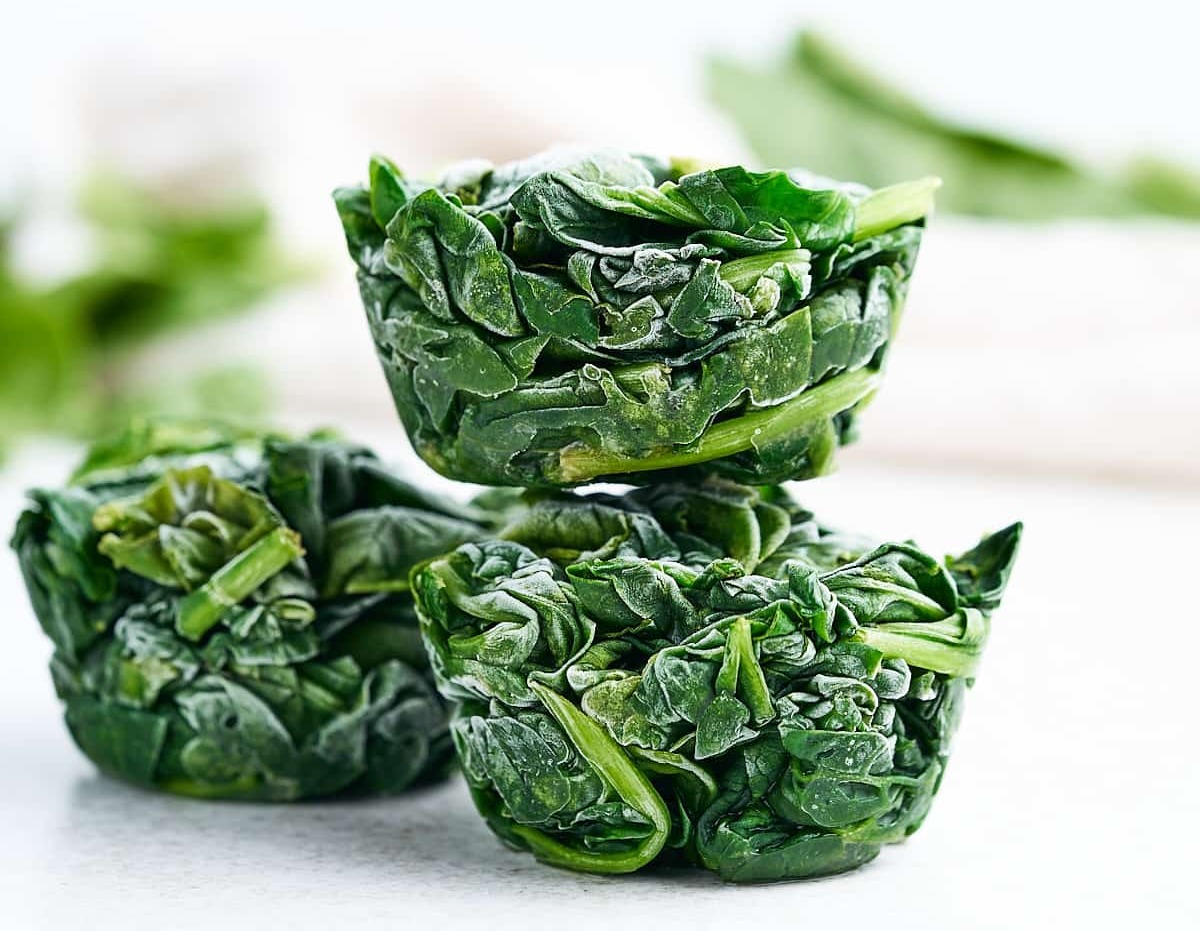
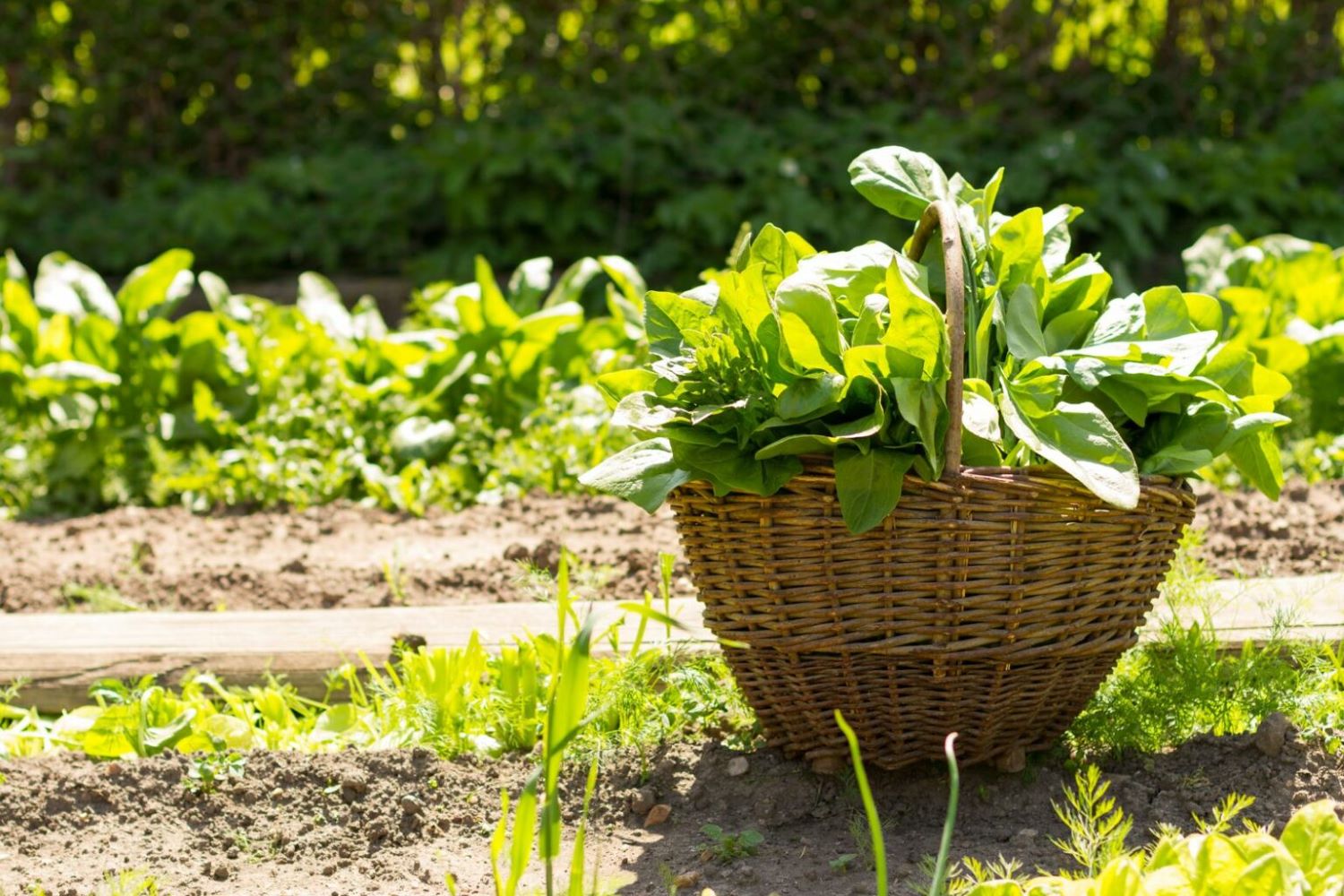
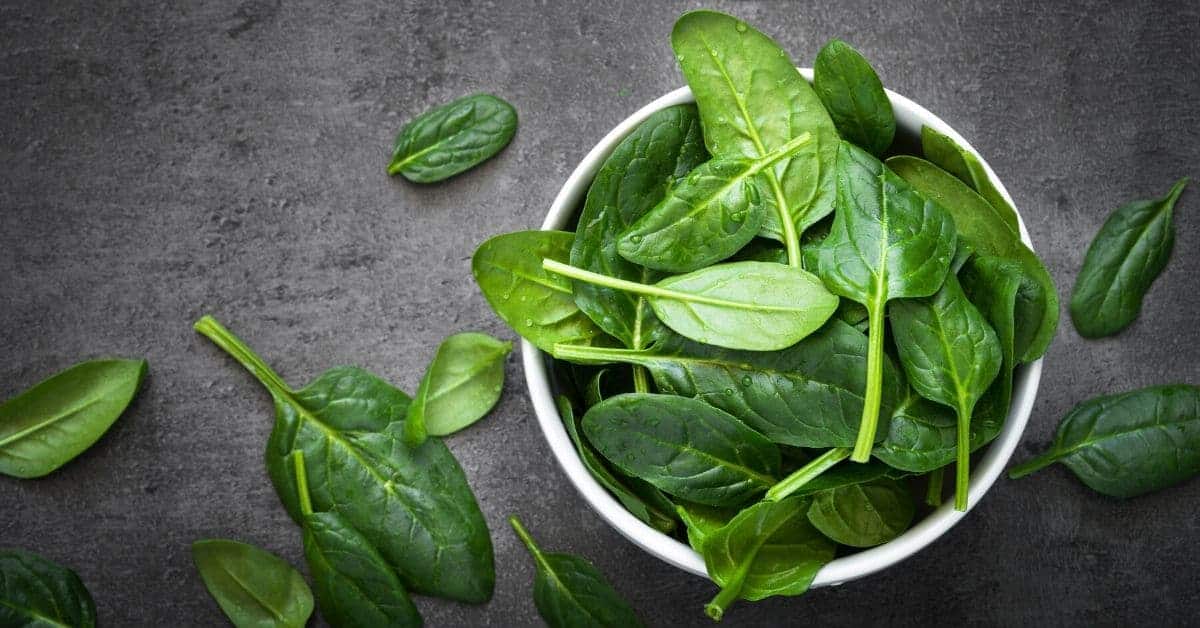
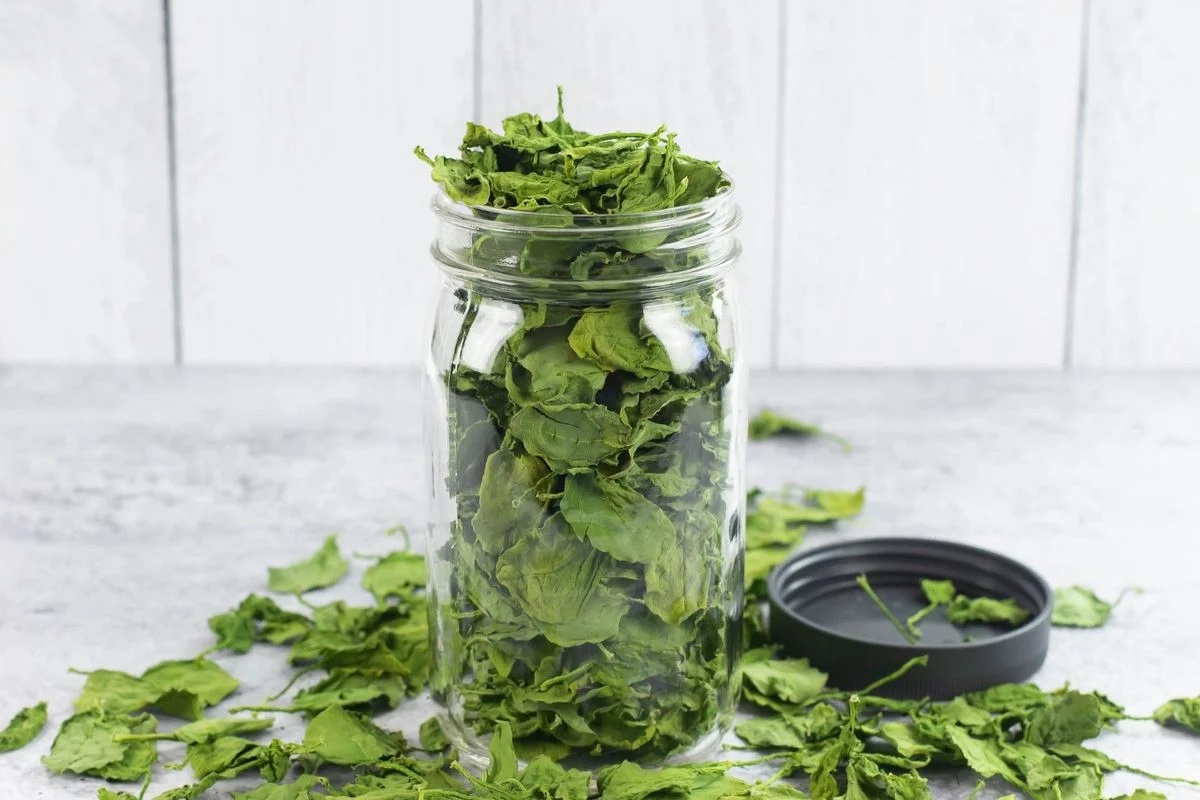
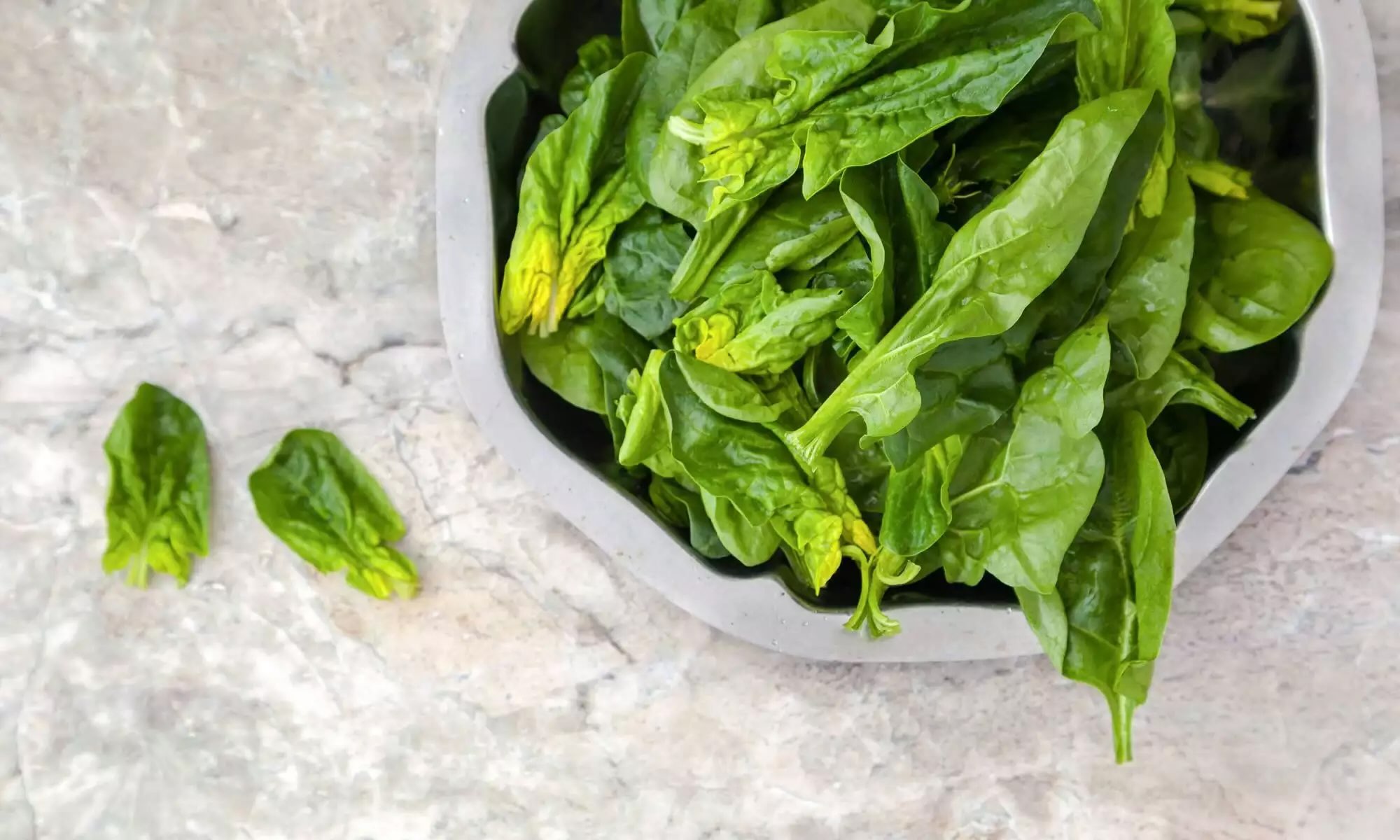
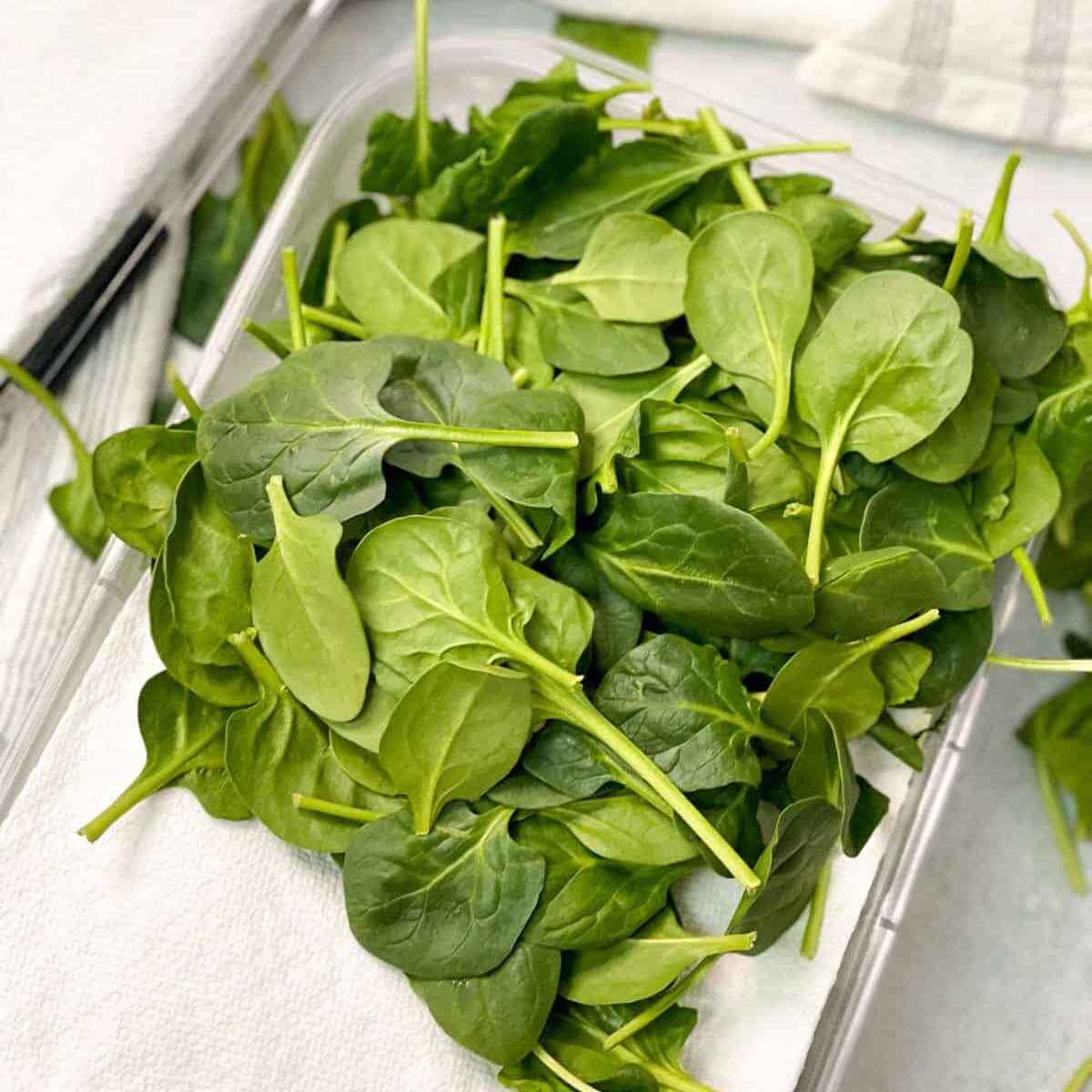


0 thoughts on “How To Store Cooked Spinach”